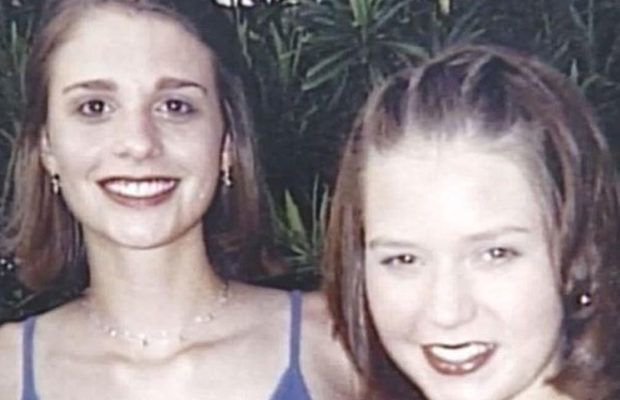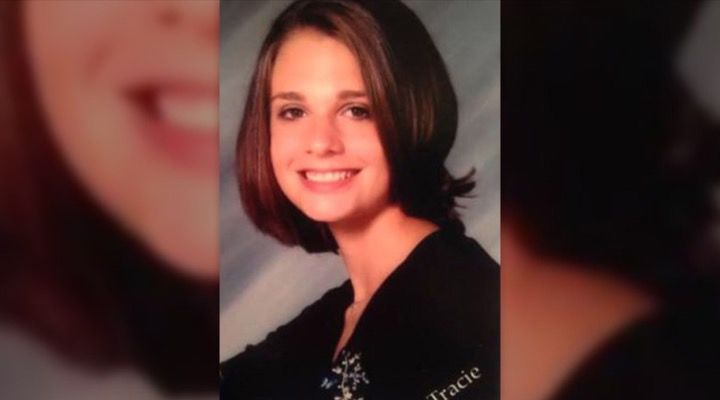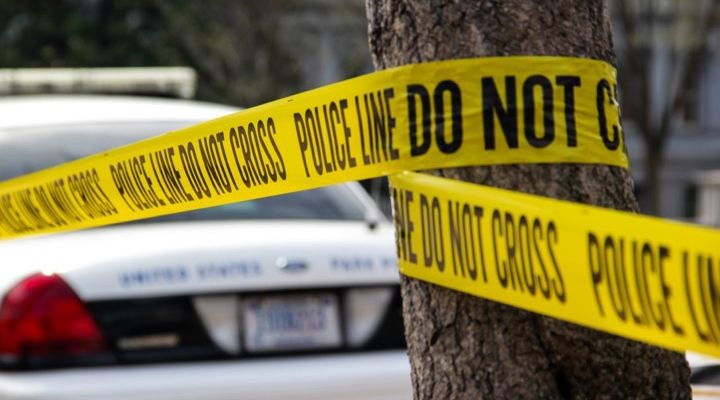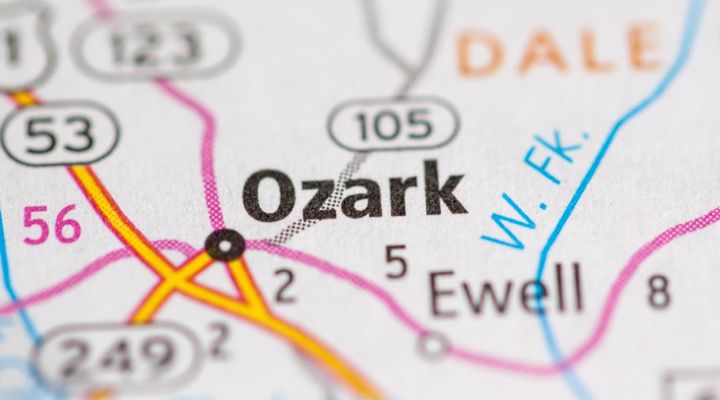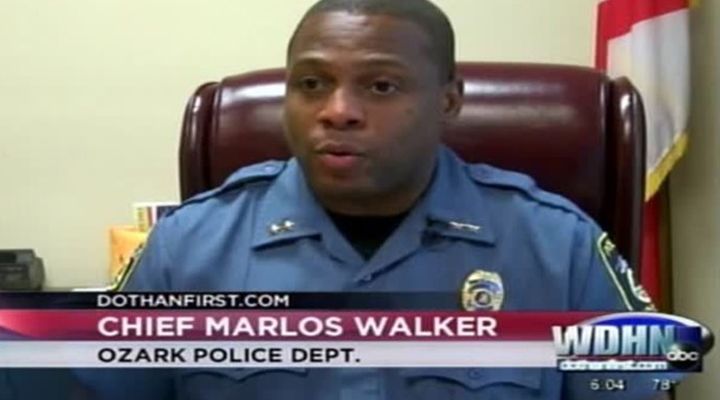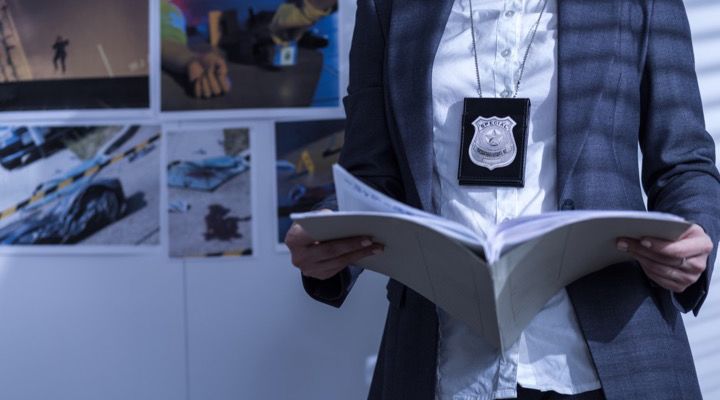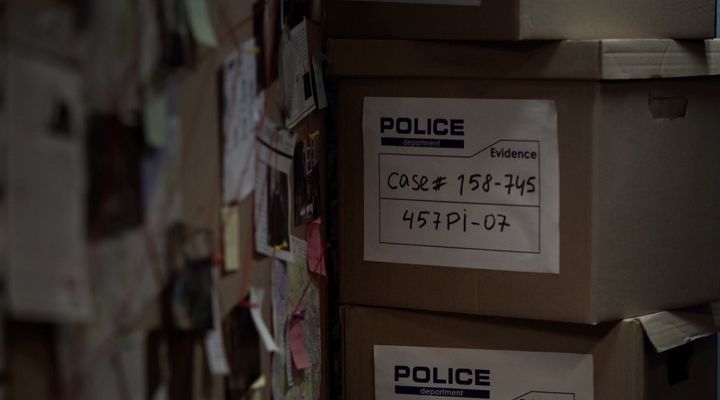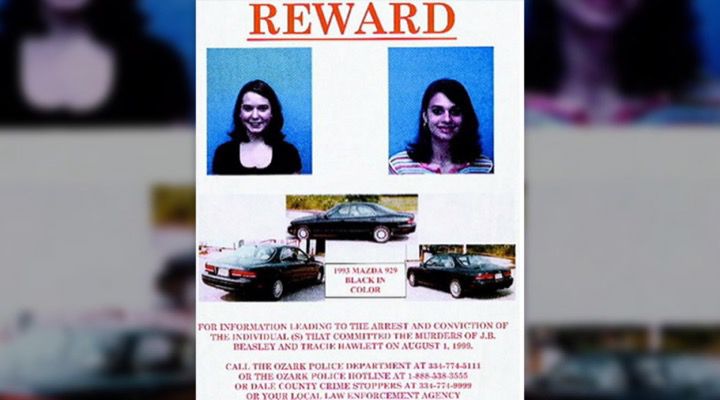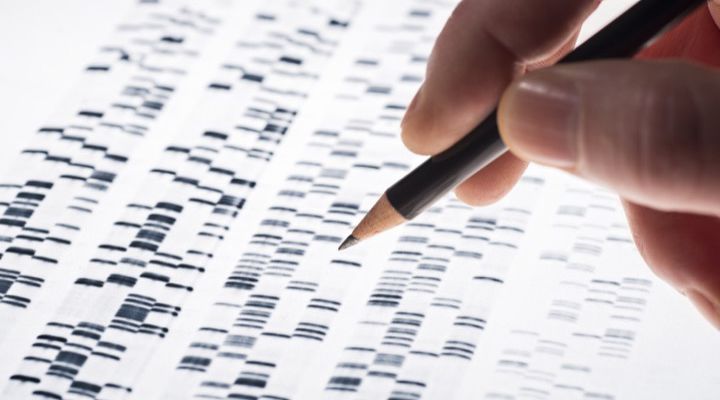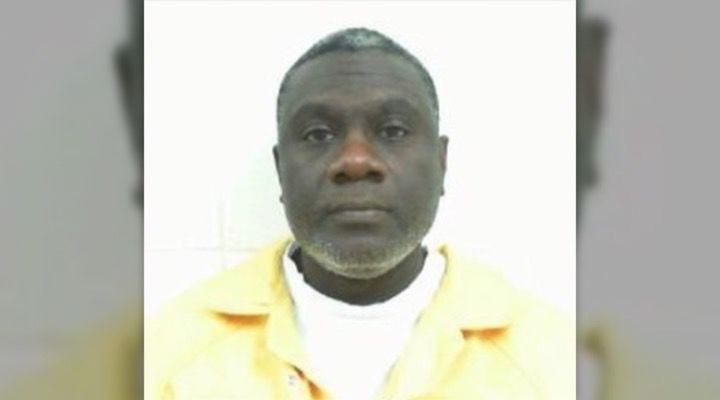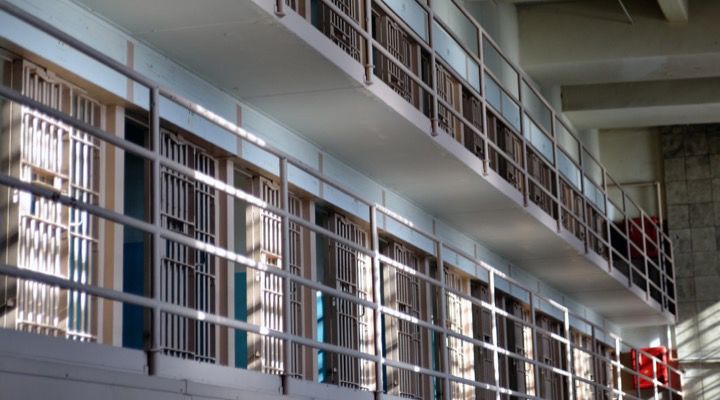When a loved one’s life is suddenly and violently taken from them, it can be hard for family and friends to get closure. For some, the only way to move on is by getting justice for the senseless death.
In 1999, the families of two teenagers from Alabama were left blindsided and devastated when a night of fun ended in tragedy for two teenage girls. Police vowed to get justice for the girls and their loved ones, yet the case went unsolved for the past 20 years. Recently, however, DNA and a coincidence changed that…
Featured Photo Credit: www.wtvy.com
The Birthday Party
On the night of July 3, 1999, 17-year-old Tracie Hawlett and 17-year-old J.B. Beasley left Dothan, Alabama and set off for a birthday party in southeastern Alabama that was in honor of Beasley’s birthday. According to Hawlett’s mother, Carol Roberts, her teenage daughter called her before the festivities.
The Phone Call
Roberts answered the call and during that phone call, Hawlett asked her mother if Beasley could sleep over their house that night after the birthday party. “Last words out of her lips were, ‘Mama, I love you,’” Roberts told USA Today about the phone call.
Final Words
“Last words out of my mouth to her were, ‘I love you.’,” Roberts added. Tragically, that ended up being the last time the two would ever speak and the last words they would ever say to each other. Hawlett and Beasley never even made it to the party that night.
A Grisly Discovery
The pair was reported missing as it was unlike them to not show up at the party or go home that night. The following day, Beasley’s black Mazda was found on the side of an Ozark, Alabama road. The car appeared to be empty, however, police found both of their bodies crammed into the trunk.
Cause Of Death
The two 17-year-olds both had been shot to death in the head before their bodies were put into the trunk and left behind. During the investigation, police found evidence that one of the girls had also been sexually assaulted and DNA evidence was collected from the crime scene.
A Community In Shock
When Roberts and the rest of the girls’ loved ones heard the news they were all completely shocked. Things like that simply didn’t happen Ozark, a small city that has a population of about 15,000 and is about 80 miles south of Montgomery, Alabama.
An Unusual Case
“That’s the only case of that nature around here,” Chief Marlos Walker of the Ozark Police Department told the New York Times. “This is the crime that shook everyone; not just our city but even wider than that. It’s one of the biggest cases in the state of Alabama.”
Fighting For Justice
The police department was determined to get justice for the two teenage girls whose lives were cut short. Detectives interviewed hundreds of suspects and followed up on every last lead. Unfortunately, they never even came close to solving the dead-end case.
The Case Goes Cold
With no new leads or information for the police to help them in their search, the case eventually went cold. Not only did it keep the victims’ families and loved ones from getting closure, but the unsolved double-murder haunted the small town for years as the killer was still on the loose.
Forever Changed
“It has been a cloud over the town,” Sherry Gilland, an Ozark local, told USA Today about the double-murder that changed the community. As a mother, Gilland was afraid to let her daughter ride her bike or even walk too far from their home after the tragedy.
20 Years Later
It’s been 20 years since Hawlett and Beasley were murdered. In those years, police never found any new clues or leads to help them solve the cold case. That is until March of 2019 after the Ozark Police Department reopened the case and utilized a new, controversial investigative technique.
A Controversial Technique
According to Chief Walker, he heard about the controversial investigation technique called genetic genealogy after California police arrested former cop James DeAngelo and identified him as the Golden State Killer. That case had also gone cold until detectives utilized genetic genealogy.
Worth A Try
“It raised my awareness as something we needed to check into,” Walker said. After hearing about the Golden State Killer arrest, Walker immediately thought about the 20-year-old double-murder and wanted to try testing the DNA that had been collected at the scene.
Hoping For A Match
So Walker hired Parabon, a forensic consulting firm that specializes in genetic genealogy, to help with the case and test the DNA that they had on file. To begin, the firm uploaded a genetic profile to GEDMatch, a genealogy database. They hoped that the profile would match with a relative.
A Distant Relative
The team of genetic genealogists hoped to find a close match to the sample. Unfortunately, the only match that came back was a distant relative. “When I looked at this case initially I didn’t think it would be an easy solve,” CeCe Moore, who leads Parabon’s genetic genealogy team, told the New York Times.
The Family Tree
Moore and her team continued to work on the case despite not finding a close match. They eventually managed to build out a family tree and connect closer matches to the DNA profile base on publicly available data. The team from Parabon wasn’t able to pinpoint the murderer or come up with a list of possible suspects.
The List
However, the team was able to come up with a list of possible surnames based on the family tree they had built out. Chief Walker looked at the list as soon as the Parabon team sent it to him and one of the last names on the list instantly stood out to him.
A Coincidence
According to Walker, the last name ‘McCraney’ jumped out at him not because they had a previous suspect with that last name but because he had a high school classmate with the last name. “I recognized that last name,” Walker said about the strange coincidence.
A Perfect Match
Police believed McCraney could be related to the suspect, so investigators contacted him and requested a DNA sample, which the truck driver and part-time preacher provided. Shockingly, McCraney’s DNA appeared to be an exact match to the DNA taken from the crime scene two decades ago. “I had to sit in my chair for three hours,” Walker said about the moment his former classmate and basketball teammate came back as a match.
Mixed Feelings
Police immediately arrested McCraney and charged him for the double-murder, and many have expressed relief that an arrest has finally been made in the case. However, McCraney, an ordained bishop and grandfather, and his wife both insist he is innocent. “I’m just going to say this to you. There are a lot of facts in this case that have not come out that I think that will,” Defense attorney David Harrison, McCraney’s lawyer, said in a statement.
